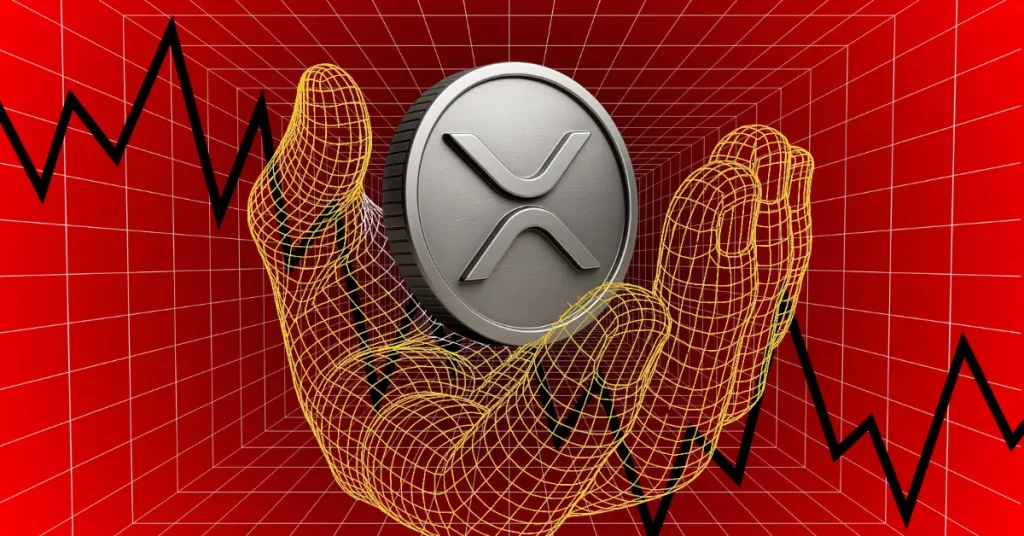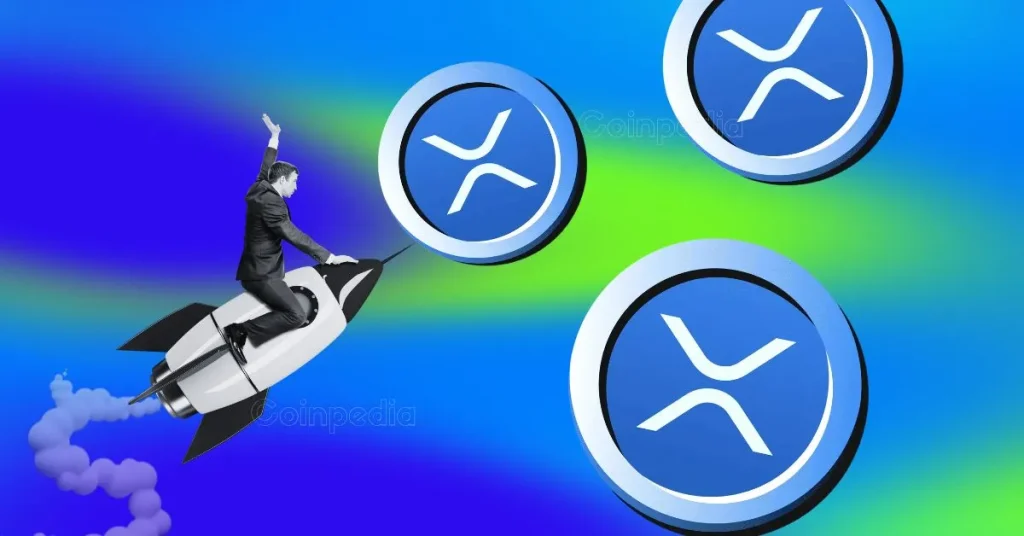ARTICLE AD BOX

Justin Bons, the founder and CIO of Cyber Capital has shared insights into some scaling solutions that could change the market outlook of Bitcoin (BTC) and Ethereum (ETH) respectively.
His post started with an highlight of Bitcoin and Ethereum’s refusal to adopt some scaling solutions even with how groundbreaking they are. Some of these scaling solutions are parallelization, sharding, Directed Acyclic Graphs (DAGs), zero-knowledge (ZK), and modular scaling. Bons believes that these solutions are the future of digital assets.
BTC & ETH could adopt the best scaling technologies, but that is not happening
Instead, they deny the tech even though it is groundbreaking!
From parallelization, sharding, DAG, ZK & modular scaling!
As these five scaling methods are inevitable the future of cryptocurrency:  …
…
— Justin Bons (@Justin_Bons) June 13, 2024
Parallelization
This technology makes it possible for all computer cores/threads to be used in parallel. This ensures that processing power that would otherwise be wasted, is utilized.
Parallelization can leverage the multicore nature of all modern computers existing in today’s world. However, Bitcoin and Ethereum are single-threaded with no immediate plan for a change. The Cyber Capital founder thinks that all chains should implement this solution especially as the trade-offs are negligible.
Some protocols that are currently utilizing this parallelization scaling solution are Solana, Aptos, SUI and SEI.
Sharding
This is a kind of data partitioning that involves separation of large databases into smaller, faster, more easily managed parts. According to Bons, sharding takes this principle of concurrency a step further and splits the workload not only within a single computer to utilize multiple cores but also between multiple distinct machines or parties. For him, this amounts to true scaling.
Compared to a purely parallelized chain, the primary tradeoff is that cross-shard messaging sacrifices some speed because it adds a few seconds to confirmation times.
Direct Acyclic Graph (DAG)
While sharding utilizes multiple chains, DAGs involves a tree-like structure with multiple branches. It boasts of “infinite” scalability and speed. Like the others, DAGS also has its trade-offs whivh includes the inability to track a single composable state.
Avalanche’s X-chain, Fantom (FTM), Kaspa (KAS) and NANO are some of the prominent examples of projects that already utilizes this solution.
Zero Knowledge (ZK)
This approach uses cutting-edge cryptography to grow efficiency by only putting the proofs into the chain rather than in the entire data. Bons says this breakthrough has massive potential to revolutionize the blockchain scaling field, while also solving the blockchain scaling trilemma. Most Layer-1 like Bitcoin are yet to implement this solution.
Researchers are still working on how to fully implement a native ETH ZKEVM. Many Ethereum Layer 2 scaling solutions have already implemented this solution. Polygon zkEVM stands out in this regard.
Modular
This is often viewed as heterogeneous sharding because it splits the workload between multiple chains and the additional chains can have their own rules in modular scaling. Justin Bons highlighted that Ethereum Layer-2 scaling do not sufficiently fall into this category. This disparity is because they lack a common interoperability protocol.
Bon is confident that if implemented, these scaling solutions will contribute significantly to enhancing Bitcoin and Ethereum.
Read More: GameStop Server Crash Delays Shareholder Meeting Amid High Turnout
The post Top 5 Scaling Solutions That Can Change Bitcoin and Ethereum Forever appeared first on CoinGape.
.png)
 10 months ago
9
10 months ago
9








 English (US)
English (US)